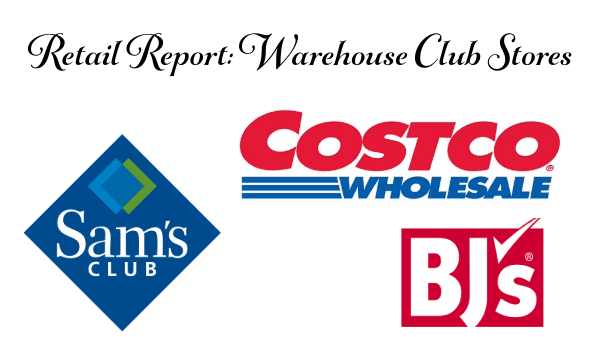Wholesale clubs operate by keeping costs low through their buying power.
They require vendors to simplify packaging or complete other cost-cutting measures, select only products that provide the right value for their customers, and take other steps to ensure the lowest possible price.
This buying clout is combined with operational efficiencies, including store environments where products are displayed on shipping pallets, and reduced labor costs.
The quest for low prices leads to an ever-changing, curated product selection. Costco Wholesale Corporation BB #:150902 warehouses carry about 4,000 SKUs, for example, compared to 30,000 at the typical supermarket, the company says.
Members pay annual fees between $50 and $110, depending on the chain and membership tier. In addition to the everyday low prices, members earn rewards such as cash back or discounted gas, can shop before the stores open to the general public, and receive services such as free bottled water delivery or payment processing, among other perks.
Brian Numainville, principal at The Feedback Group in Lake Success, NY, notes that warehouse clubs have adopted some strategies from traditional grocers, and vice versa.
“The line is continually blurring between clubs and traditional retailers,” he observes. “Some traditional grocers have introduced membership programs, like Hy-Vee’s Perks Plus program, which costs $99 per year or $12.95 per month, and offers things like free delivery and express pickup, as well as exclusive product offers and fuel saver rewards.
“On the flip side, wholesale clubs have increasingly been focused on expanding the variety in the fresh departments to provide a more complete shopping experience, along with growing their deals and benefits for members.”
Numainville is watching to see if clubs follow the food industry trend of personalization. “They collect bountiful amounts of information leveraged at a macro level—but how do they translate that down to individual shoppers?”
This is an excerpt from the feature story from the March/April 2024 issue of Produce Blueprints Magazine. Click here to read the whole issue.



